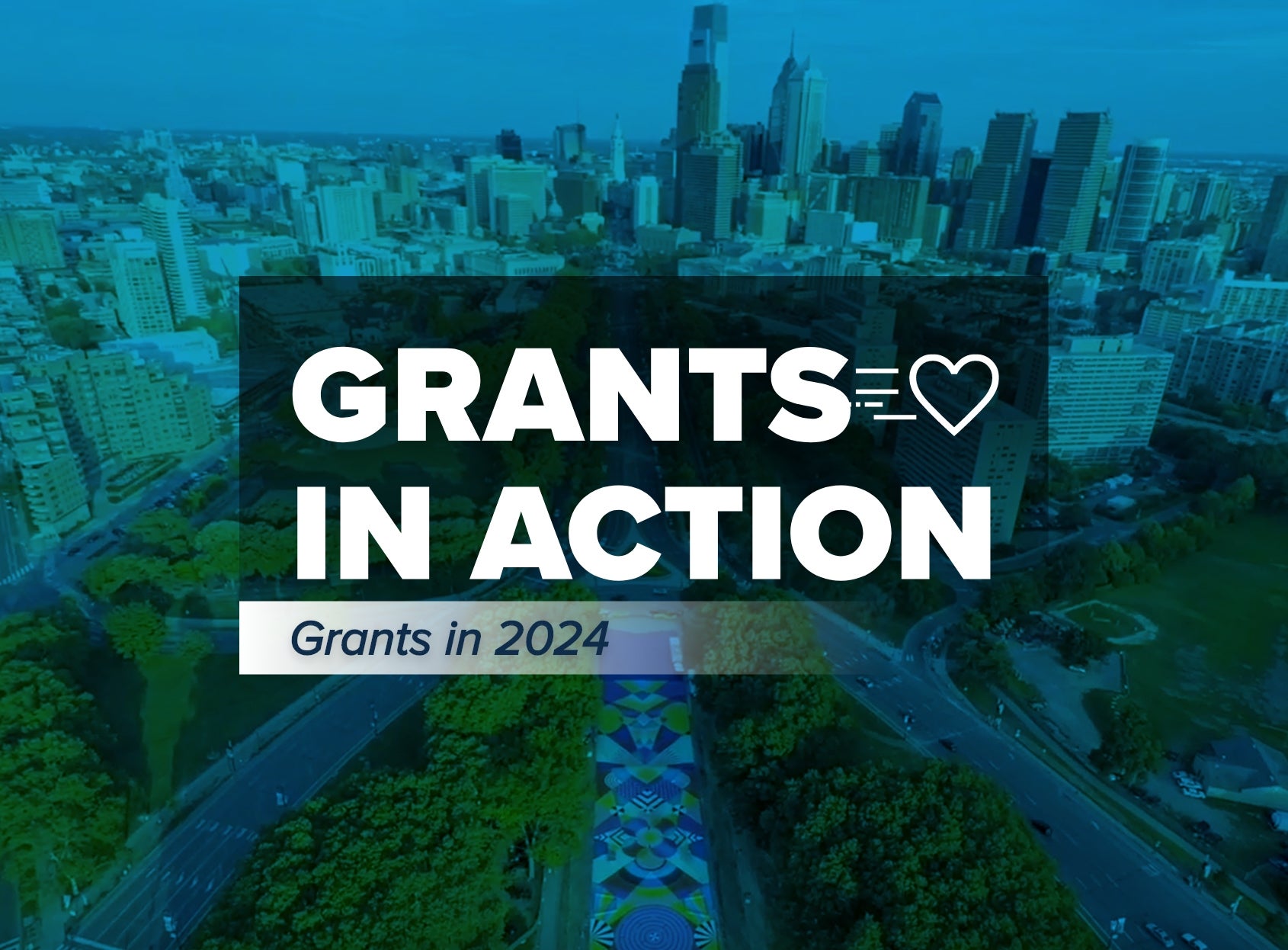Creating Your Giving Mission for Giving Season

Every year, Giving Season feels like it starts a little sooner. Charities are savvy enough to know that donors like you might see hundreds of requests for support in these months. Fundraisers try to make sure their appeal gets to you first, hoping that you’ll give it the longest consideration.
It can get overwhelming, especially when they all seem like worthy causes. Sometimes it’s tempting to say yes to every single one. For most of us, that’s not a viable option. So how can you possibly choose?
Consider developing a personal giving mission. Asking yourself a few questions about what’s important to you—and indeed what you want your philanthropy to do—will help you hone your charitable focus. Gaining some clarity can help your year-end giving feel less like having to say no, and more like choosing to say yes.
Here are a few questions you can ask yourself to develop your personal giving mission.
Gaining some clarity about what’s important to you can help your year-end giving feel less like having to say no, and more like choosing to say yes.
What are my personal values?
This question seems straightforward, but sometimes, it can be challenging to articulate the concepts that are most important to you. If it seems like too big a question, start here: What are the some of the life experiences that shaped your worldview? What can those life experiences tell you about what you can do to make a difference? These experiences don’t have to be epic; they can be as simple as being the first in your family to attend college. An experience like this might mean you want to focus on donating to programs that assist others in accessing higher education opportunities.
Who would make a good giving partner?
In other words: what charities do you want to work with to pursue your charitable goals? There are more than 1.1 million registered public charities in the country. Chances are an organization already exists doing just the kind of work you hope to make possible. If, for example, you know about a local food bank but what you’re really interested in is participatory food justice, you might feel more engaged if you gave to a community garden that offers youth job training to sell produce at neighborhood farmers markets. With the right research, you can identify the organizations you feel most excited about supporting.
What do I want my giving to do?
There isn’t just one motivation to give. Some people want to give back to organizations that have helped them in the past, as with donations to alma maters or to hospitals that offered care during an illness. Some people think of their gift as an investment in the future of their community. Others give because they know someone associated with the charity, and want to do something nice for a friend. Think about your own motivations and goals. Why do you give? What do you hope to accomplish?
Where will I focus my giving?
Some donors like to have a local giving focus, limiting their gifts to their own neighborhoods or home states. Others think globally, giving to large NGOs with outposts in countries around the planet. Thinking critically about where you’d like to give—or even how to distribute your giving budget geographically—can help give you clarity.
What’s my impact timeline?
Many fundraising appeals—especially the ones you receive around this time of year—are deadline-bound. A lump-sum year-end gift is great, but there are other, longer-term ways to give. Think about whether it makes sense for you to instead pledge a smaller monthly recurring gift. If you routinely give $1,000 to your favorite charity when you get their year-end request, consider if you could instead give $250 a quarter—and if that payment schedule might allow you to stretch and give a little more. Gifts like these, also called “sustainer gifts,” provide charities with a steady base of funding that makes planning easier.
How much risk am I willing to take?
Big-name charities like the American Red Cross and the World Wildlife Fund benefit from scale and longevity, which means you can be sure how your money will be used. However, the fact that donating to charities like these is “safer” doesn’t mean that you shouldn’t invest in newer, smaller charities doing innovative work in fields that are important to you. Think about how willing you are to support emerging charities; your early support might be the transformative boost they need to strengthen their model or expand their reach.
As you develop your personal giving mission, remember that your answers can always change. You don’t even have to come up with answers; taking a moment to consider the questions can help you focus your charitable intent.
If you need to take time to figure out where you’d like to channel your giving, consider opening a donor-advised fund, or DAF. Contributing to a DAF allows you to take an immediate tax deduction, and the philanthropic capital you’ve set aside can be granted out to the qualified charities of your choice over time. With a DAF, you can avoid the annual stress of choosing how to direct your year-end giving; you can be enthusiastic and affirmative about every gift you make, whenever you choose to make it.


